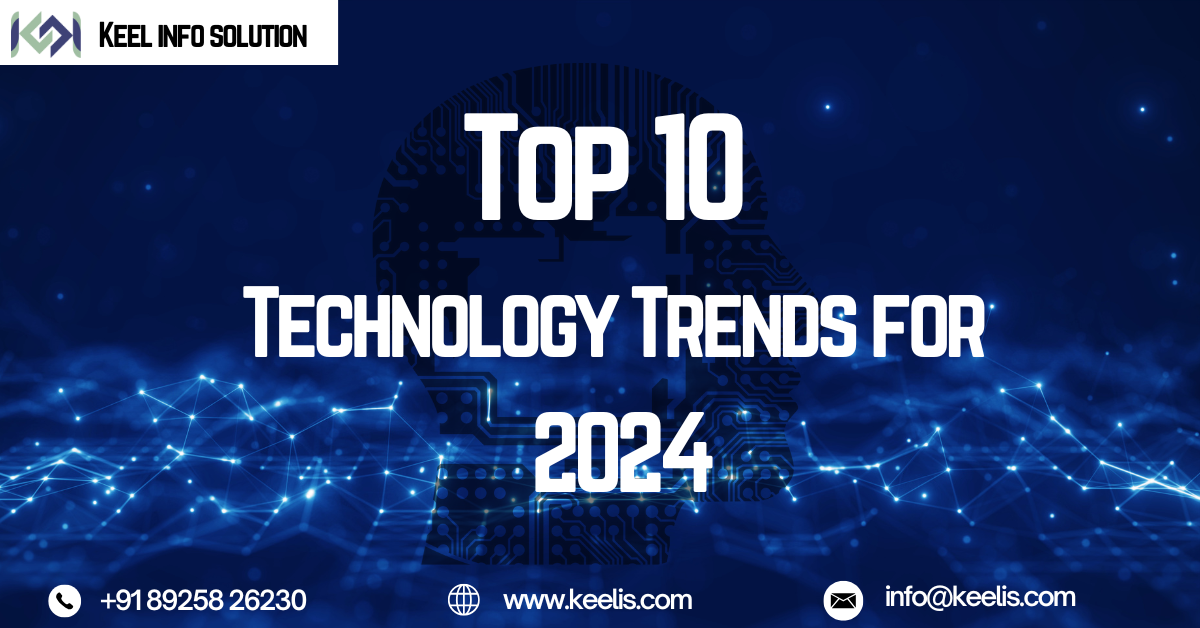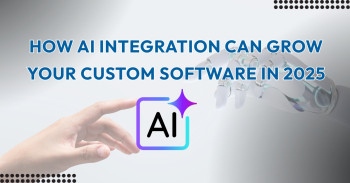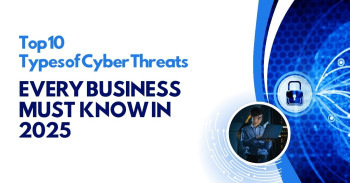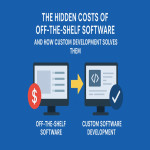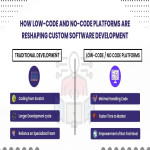10 Best Trending Technologies of 2024
Change is occurring more quickly now because technology is developing quickly, allowing for quicker advancement and change. IT workers now understand that their jobs in the contactless world of tomorrow will alter significantly as a result of several changes, not just new and evolving technologies but also shifting tendencies in technology. In 2024, an IT specialist will continuously acquire, discard, and relearn knowledge
In relation to the top-paid occupations in India, what does this imply to you personally? It entails keeping up with the newest developments in technology. It also entails looking forward to the future to anticipate what knowledge and abilities you'll need to acquire in order to get a stable career and even figure out how to get there. The top 24 rising tech trends for 2024 are listed below, so keep an eye out for them and give them a go-to land for one of the best-paid tech jobs these trends will likely produce. The buzz of the town, gen-AI, is the first item on the list of new tech trends!
1. Artificial Intelligence
Text, photos, films, and music may all be produced creatively and of a high caliber by artificial intelligence. Using algorithms such as DALL-E and GPT (Generative Pre-trained Transformer), this technology comprehends and generates information that appeals to human tastes. The extensive uses span from writing content, making instructional resources, and planning advertising strategies to making realistic images and music. This facilitates the rapid and cost-effective development of content while democratizing access to creative tools, allowing people and small enterprises to produce content on a large scale.
2. Quantum Computing
For some jobs, quantum computers use the advantages of quantum physics to process information tenfold quicker than conventional computers. This year will witness the use of quantum computing in fields like drug research, where precise chemical structure simulation may expedite the process, and cryptography, where it may break codes that are now thought to be safe. Though it is still in its infancy, the technology has the potential to completely transform a number of sectors by providing solutions for difficult issues that conventional computers are unable to handle.
3. 5G Expansion
The fifth generation of mobile networks, 5G, promises significantly faster data download and upload speeds, wider coverage, and more stable connections. The expansion of 5G is facilitating transformative technologies like IoT, augmented reality, and autonomous vehicles by providing the high-speed, low-latency connections they require. This technology is crucial for enabling real-time communications and processing large amounts of data with minimal delay, thereby supporting a new wave of technological innovation.
4. Virtual Reality (VR) 2.0
2.0 Better VR experiences are now possible thanks to upgraded VR technology. Virtual reality is becoming more and more common in training, gaming, and therapeutic applications because of advancements in display resolutions, motion tracking, and interactive aspects. With smaller headsets and longer battery lives, new VR systems are also becoming more user-friendly, which may encourage wider consumer acceptance and easier integration into daily life.
5. Augmented Reality (AR) in Retail
By enabling users to view items on their smartphones in a real-world setting, augmented reality technology is revolutionizing the retail sector. Applications allowing users to virtually try on clothing or view furnishings in-home before making a purchase demonstrate this trend. In addition to increasing sales and decreasing return rates, these interactive experiences also improve consumer happiness.
6. Internet of Things (IoT) in Smart Cities
The integration of diverse sensors and devices that gather data to effectively manage assets, resources, and services is a key component of the Internet of Things (IoT) technology in smart cities. This includes employing smart grids to optimize energy consumption, keeping an eye on traffic and public transportation to lessen congestion, and putting in place networked systems for emergency services and public safety. IoT helps manage complexity and enhances living circumstances for citizens as cities continue to expand.
7. Biotechnology in Agriculture
By enabling the generation of crops with improved features, such as increased resistance to diseases and pests, better nutritional profiles, and larger yields, biotechnology advancements are transforming agriculture. Crops that are resistant to environmental challenges like salt and drought are produced using techniques like CRISPR gene editing, which is essential for guaranteeing food supplies and adjusting to climate change.
8. Self-Driving Vehicles
In order to navigate and function without human assistance, autonomous cars employ AI, sensors, and machine learning. The integration of various degrees of autonomy into freight operations and public transportation has advanced significantly, even if completely autonomous vehicles are still in the research and development stage. This might lower emissions, enhance traffic management, and prevent accidents.
9. Blockchain Beyond Crypto
Blockchain technology, which was first created for cryptocurrencies, is finding new uses outside of them. Blockchain's capacity to improve security, lower fraud, and give transparency is why industries are embracing it. It may be used to manage secure medical data, provide voting systems that are impenetrable, and monitor the origin of commodities in supply chains.
10. Edge Computing
As an alternative to depending only on a central data center, edge computing processes data close to the location where it is generated. Apps that need to process and make decisions in real-time without the delay that cloud computing may bring are especially dependent on this. The Internet of Things in industry, remote data processing, and driverless cars are some of the applications.
